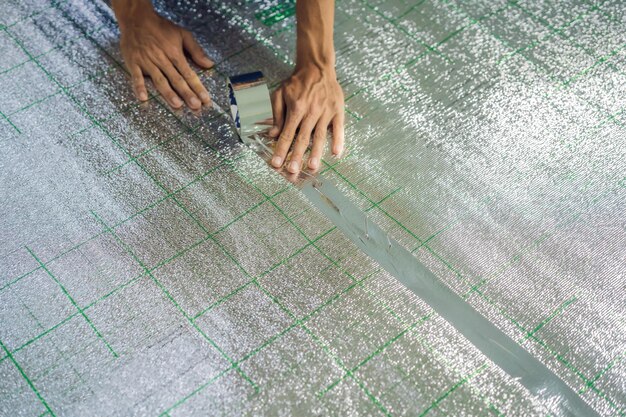Calculating Roof Shingles the Right Way: A Homeowner's Guide
Is your roof starting to show its age? Planning a repair or a fresh roofing project means you'll need to understand how to calculate the number of shingles required. Accurately gauging this can save time, money, and potential headaches down the line. But don't worry—it's simpler than you think when you break it down step by step.
Understand Your Roof's Measurements
The first step in determining how many shingles you'll need is to measure your roof's total square footage.
Measure Each Plane of the Roof: Roofs often have multiple planes, so measure each one separately. This typically involves measuring the length and width of each section.
Calculate the Area of Each Plane: Multiply the length by the width to get the square footage for each plane.
Add Up All Areas: Once you've gathered the measurements for each section, sum them up to find the entire roof area. It's best to do this carefully, keeping a record of each calculation.
Consider Roof Pitch: Roof pitch can affect the surface area. If your roof is steep, it might have more surface area than a flat calculation would suggest. To adjust for pitch, you can multiply your total area by a pitch factor. Here’s a quick reference:
- Flat - Multiply by 1.00
- Slight - Multiply by 1.07
- Moderate - Multiply by 1.11
- Steep - Multiply by 1.23
Understanding Shingle Bundles
Roof shingles are commonly sold in bundles, with three bundles usually covering 100 square feet, or one roofing square. So to calculate the number of shingles needed:
Divide the Total Roof Area by 100: This gives you the number of roofing squares your project entails.
Multiply the Roofing Squares by 3: Since three bundles of shingles cover one roofing square, this will yield the total number of bundles needed.
Consider Extra: It's wise to purchase about 10-15% extra to account for waste, mistakes, and future repairs.
Financial Assistance and Options for Roof Repairs
Roof repairs can be expensive, but various assistance programs can help ease the financial burden. Understanding these can provide significant relief and ensure you get quality materials for the job.
Government Assistance Programs: Many local and federal programs offer aid for certain qualifying homeowners, especially for energy-efficient upgrades.
Home Improvement Loans: Banks and credit unions often provide loans specifically aimed at renovations, which can include roof repairs.
Insurance Claims: If your roof was damaged by a covered peril like wind or hail, your homeowner's insurance might cover some of the repair costs.
Non-Profit Assistance: Organizations such as Habitat for Humanity offer assistance for those in need of urgent home repairs.
In case educational resources and grants may also be part of your dream to learn more about the crafts involved in such projects, many community colleges offer courses on home repair and improvement, sometimes with available scholarships or grants.
🎯 Quick Financial Assistance Guide:
- 💸 Government Aid: Check eligibility for programs like FHA's 203(k) loan program or the Weatherization Assistance Program.
- 🏠 Insurance: Review your policy for any potential claims directly related to storm damage.
- 📚 Educational Grants: Consider courses on home repair, possibly eligible for federal education grants.
- 🏦 Loans: Explore home improvement loans that provide a manageable payback period with favorable interest rates.
- 🤝 Non-Profit Assistance: Reach out to local organizations dedicated to home improvement aid.
By understanding how to efficiently calculate the necessity for roof shingles and exploring available financial resources, you're well-prepared to tackle your roofing project confidently!
